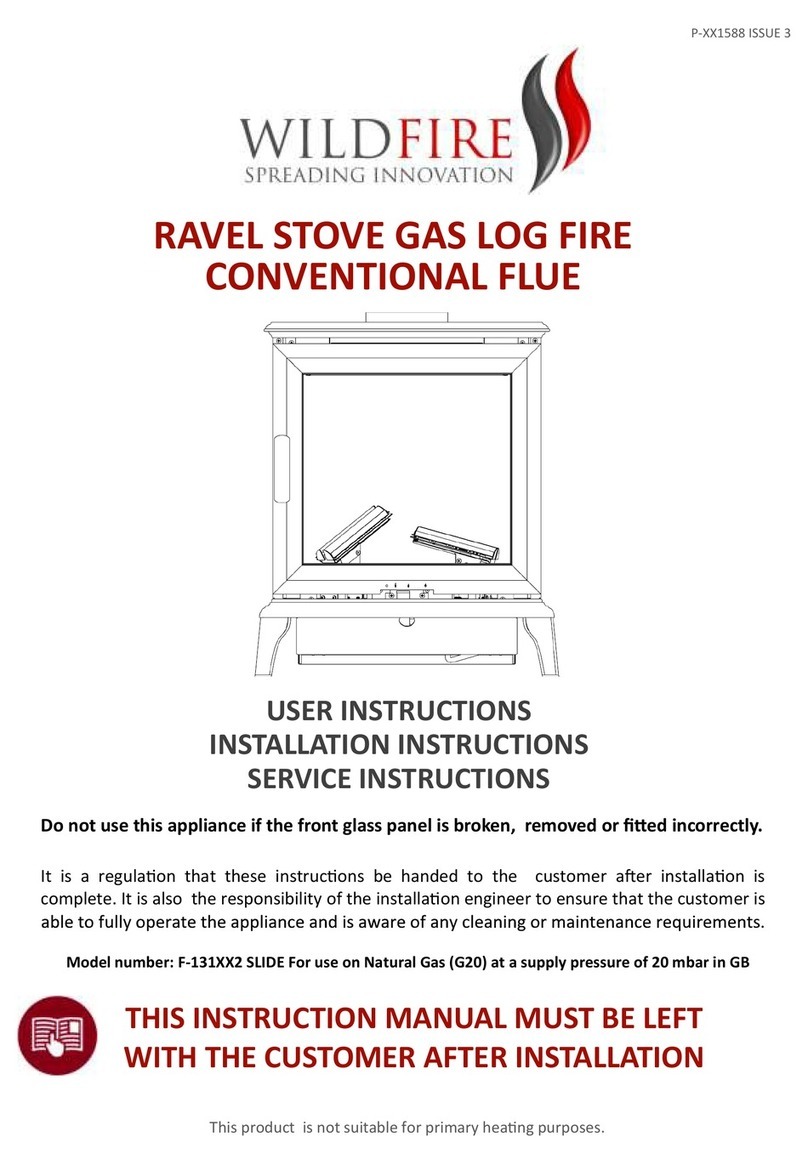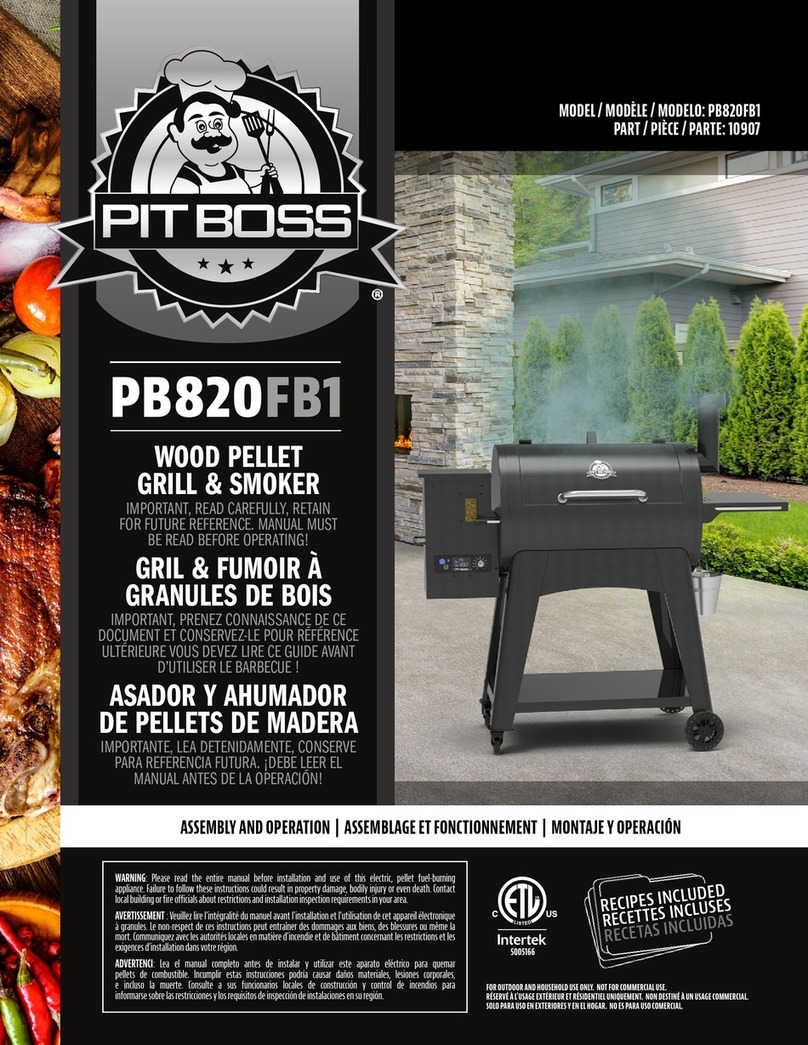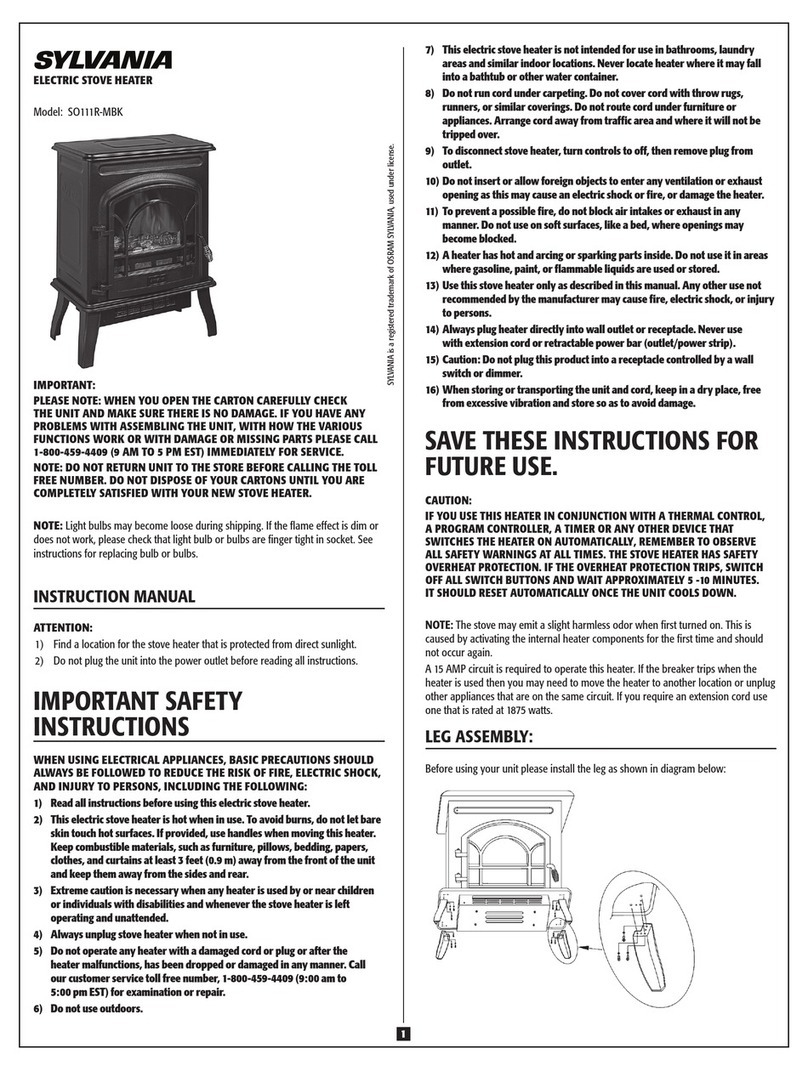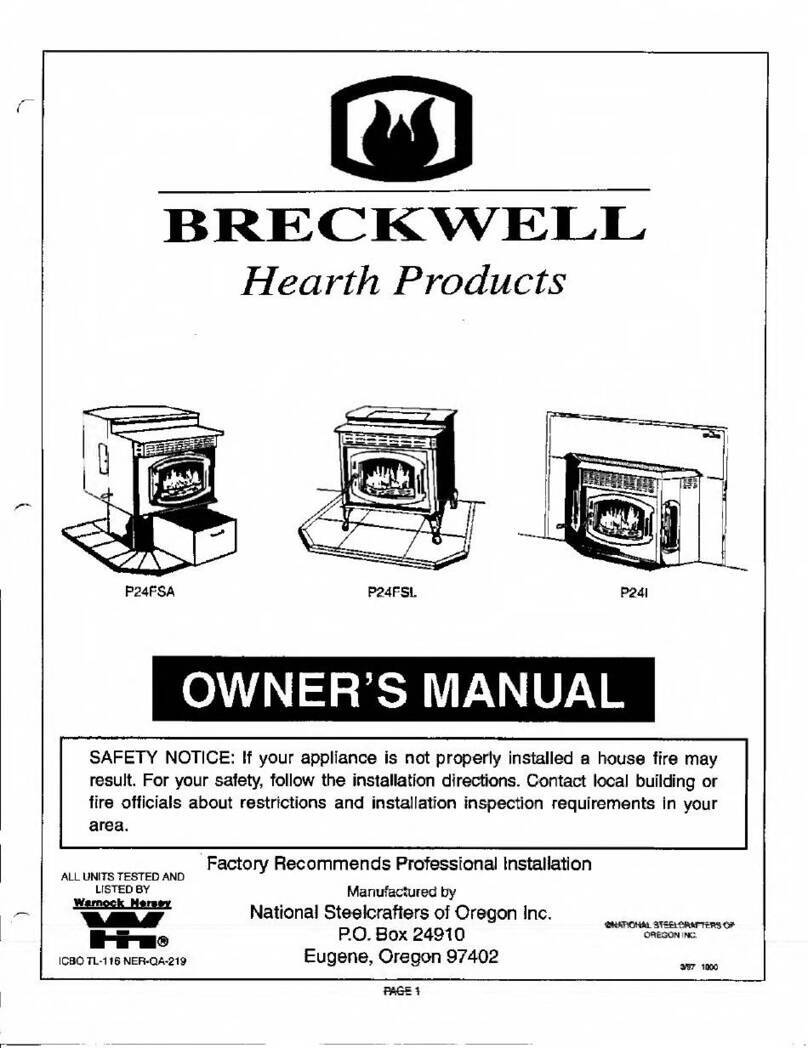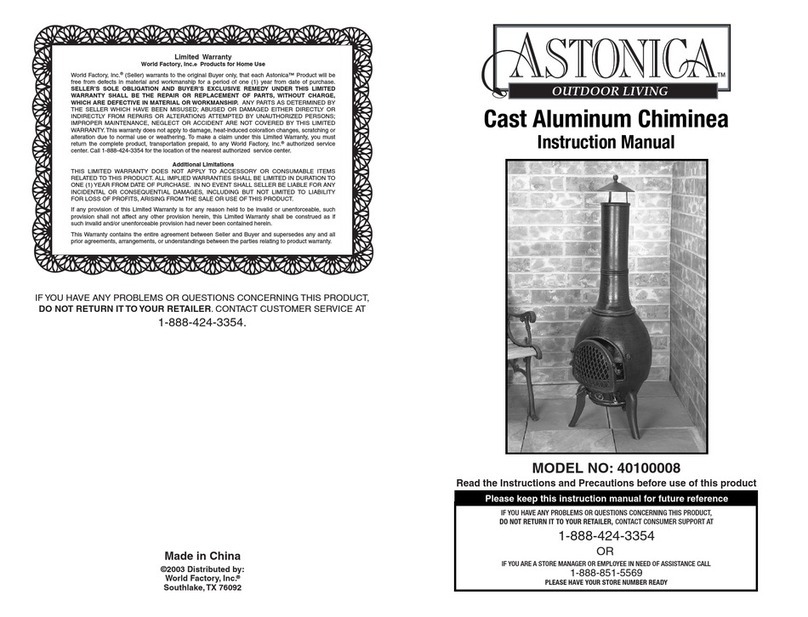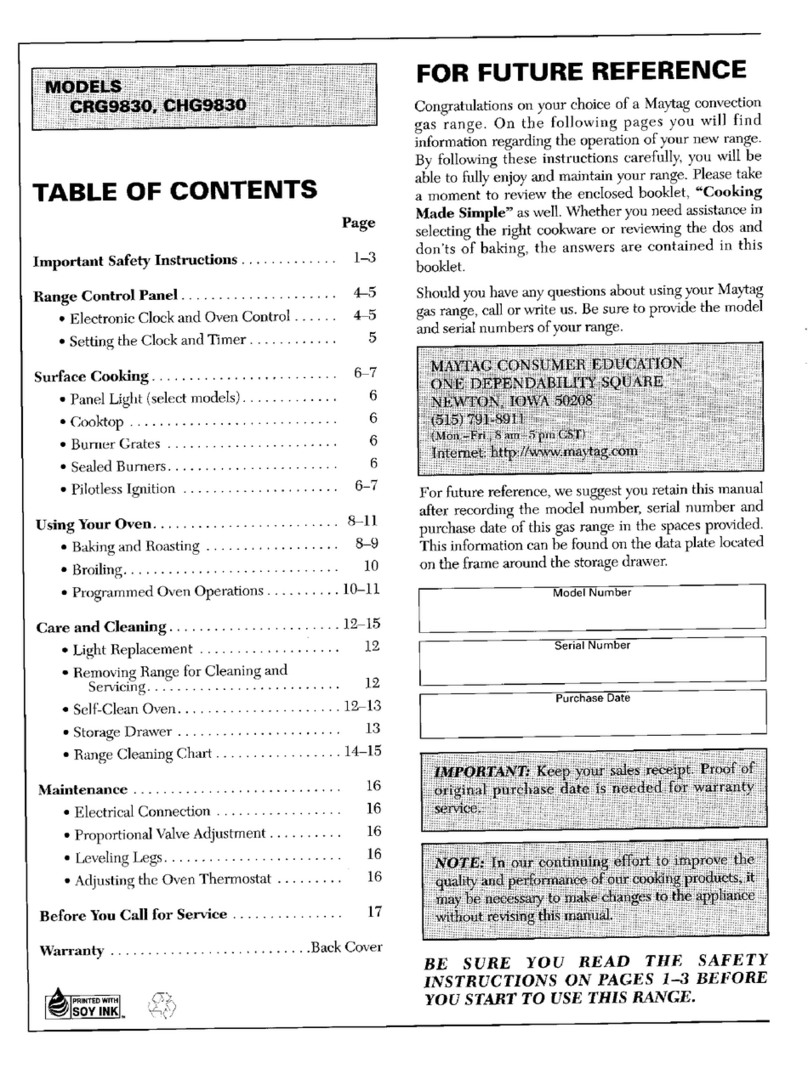Utensil Safety flammable. Avoid their use or storage near an
Use only pails that have flat bottoms and handles appliance.
that are easily grasped and stay cool. Avoid using Self-Clean Oven
unstable, warped, easily tipped or loose handled
pans. Do not use pans if their handles twist and (select models)
cannot be tightened. Pans that are heavy to Do not clean the door gasket. The door gasket is
move when filled with food may also be essential for a good seal. Care should be taken
hazardous, not to rub, damage, or move the gasket. Do not
Always place a pan of food on a surface burner use oven cleaners of any kind in or around any
before tnrning it on and turn it offbefore part of the self-dean oven. Clean only the parts
removing the pan. listed in this booklet. Before self-cleaning the
Always tuln oven, remove the broiler pan, oven racks, and
pan handlesto /_ l __; " other utensils,and wipe off excessive spillovers.
the side or back _ )_(mI_ " It is normal for the cooktop of the range to
of the
appliance, not _ _ become hot during a self-clean cycle. Therefore,
touching or lifting the cooktop during a clean
out into the _" cycle should be avoided.
room where
they are easily
hit or reached Important Safety Notice and
by small Warning
children. To minimize burns, ignition of
flammable materials and spillage due to The California Safe Drinking Water and Toxic
unintentional contact with the utensil, do not Enforcement Act of I986 (Proposition 65)
extend handles over the adjacent surface requires the Governor of California to publish a
burners, list of substances known to the State of
California to cause cancer or reproductive harm,
Be sure the utensil is large enough to properly and requires businesses to warn customers of the
contain food and avoid boilovers. The pan size is potential exposures to such substances.
particularly important in deep fat frying. Be sure
the pan will accommodate the volume of food Users of this appliance are hereby walned that
that is to be added as well as the bubble action of the burning of gas can result in low-level
the fat.Never leave a deep fat frying operation exposure to some of the listed substances
unattended, including benzene, formaldehyde and soot, due
Never let a pan boil dry as this could damage the primarily to the incomplete combustion of
utensil and the appliance, naturalgas or liquid petroleum (LP) fuels.
Properly adjusted burners will minimize
Aluminum Foil incomplete combustion. Exposure to these
substances can also be minimized by properly
Use aluminmn foil ONLY as instructed in this venting the burners to the outdoors.
book. Improper use of aluminum foil may cause
damage to the oven, affect the cooking results, Ventilating Hood
and can also result in shock and/or fire hazards. To reduce the hazard of storage above a range,
Plastics install a ventilating hood that projects at least
five inches beyond the bottom edge of the
Many plastics are vulnerable to heat. Keep cabinets. Clean the hood frequently to prevent
plastics away from the the parts of the appliance grease from accumulating on the hood or its
that may become warm or hot. filter. Should a boilover or spillover result in an
open flame, immediately turn off the hood_ fan
Aerosol Sprays to avoid spreading the flaine.After thoroughly
Many aerosol-type spray cans are EXPLOSIVE extinguishing the flame, the fan may"be turned
when exposed to heat and may be highly on to remove any unpleasant odor or smoke.
SAVE THESE INSTRUCTIONS
PAGE4

